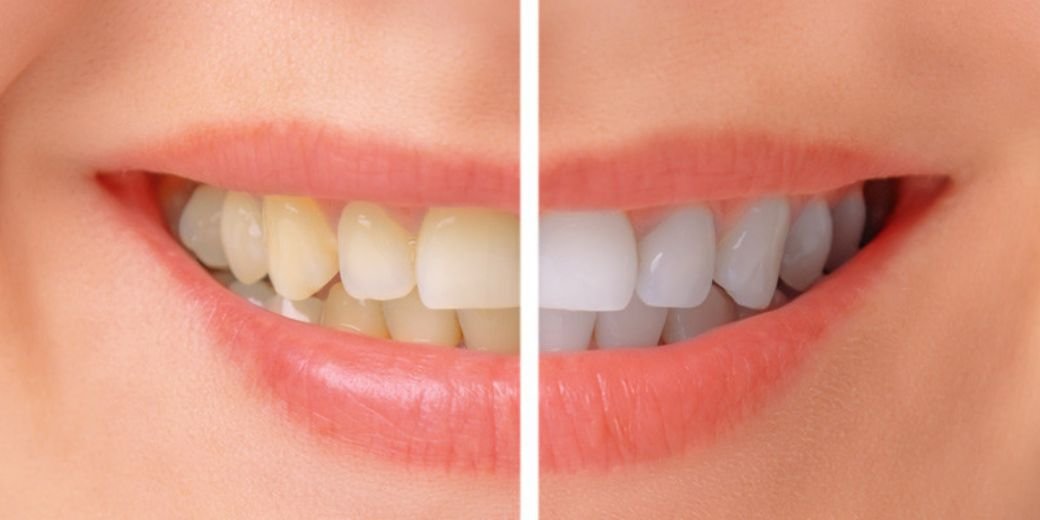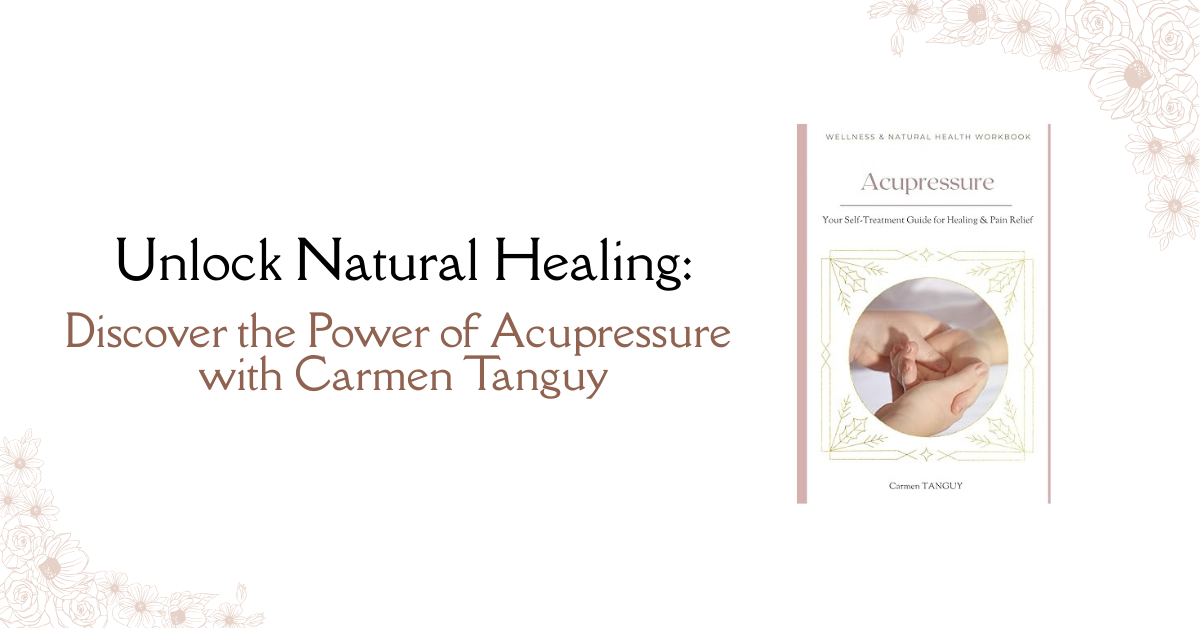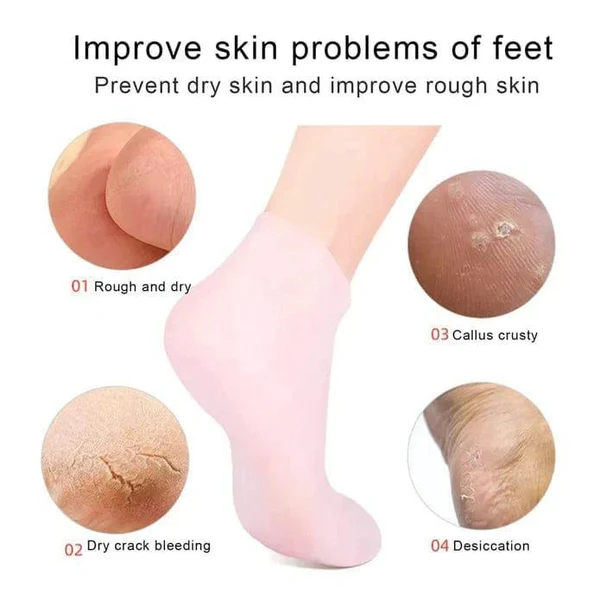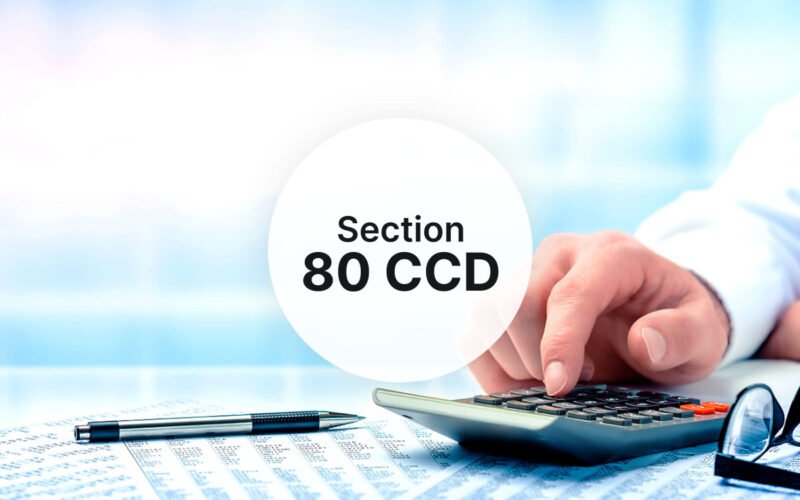Sleep is essential to overall health and well-being, yet millions of people struggle to get quality rest due to a condition called sleep apnea. Characterized by repeated pauses in breathing during sleep, sleep apnea not only disrupts rest but can also pose serious health risks if left untreated. Fortunately, a variety of sleep apnea treatments are available to help manage and reduce symptoms. Whether you’re newly diagnosed or exploring new options, understanding your treatment choices can significantly improve your quality of life.
What is Sleep Apnea?
Sleep apnea is a common yet serious sleep disorder that causes breathing to repeatedly stop and start during sleep. The most common type is obstructive sleep apnea (OSA), which occurs when the throat muscles intermittently relax and block the airway. Central sleep apnea (CSA), on the other hand, happens when the brain fails to send the proper signals to the muscles that control breathing.
Common symptoms of sleep apnea include:
-
Loud snoring
-
Gasping for air during sleep
-
Daytime fatigue
-
Difficulty concentrating
-
Morning headaches
-
Mood swings or irritability
Left untreated, sleep apnea can increase the risk of heart disease, stroke, high blood pressure, diabetes, and other chronic conditions.
Why Sleep Apnea Treatments Matter
Untreated sleep apnea is not just an inconvenience—it’s a potentially life-threatening condition. Sleep apnea treatments can help:
-
Improve sleep quality
-
Reduce daytime sleepiness
-
Lower blood pressure
-
Decrease the risk of heart complications
-
Enhance overall health and productivity
Because each individual’s case is unique, treatment plans must be personalized and guided by a sleep specialist.
Top Sleep Apnea Treatments to Consider
Here’s an in-depth look at some of the most effective and commonly recommended sleep apnea treatments:
1. Continuous Positive Airway Pressure (CPAP)
The CPAP machine is the gold standard of sleep apnea treatments, especially for moderate to severe cases of obstructive sleep apnea. It delivers a constant stream of air through a mask, keeping the airways open during sleep.
Pros:
-
Highly effective in reducing apnea episodes
-
Improves oxygen levels
-
Can dramatically reduce symptoms like snoring and fatigue
Cons:
-
Some users find the mask uncomfortable
-
May take time to get used to
Many patients who commit to using CPAP report significantly improved sleep and energy levels within weeks.
2. BiPAP and APAP Machines
For patients who struggle with CPAP, alternatives like BiPAP (Bilevel Positive Airway Pressure) or APAP (Automatic Positive Airway Pressure) may be recommended. These machines adjust air pressure levels automatically or deliver different pressures for inhalation and exhalation.
These options are often more comfortable for people with coexisting conditions like chronic obstructive pulmonary disease (COPD) or those who need variable pressure settings.
3. Oral Appliance Therapy
Custom-fitted oral appliances are another effective treatment for mild to moderate obstructive sleep apnea. These devices reposition the jaw and tongue to keep the airway open.
Advantages:
-
Less bulky and more portable than CPAP
-
No noise or electricity required
-
Easier for travel
Oral appliances must be fitted by a dentist or orthodontist trained in sleep medicine. Regular follow-up is essential to ensure the device remains effective and comfortable.
4. Lifestyle Modifications
For some individuals, especially those with mild sleep apnea, making certain lifestyle changes can serve as powerful sleep apnea treatments on their own or alongside other methods.
Recommended changes include:
-
Weight loss: Excess weight, particularly around the neck, can obstruct airways.
-
Sleep position: Sleeping on your back can worsen apnea. Side sleeping may help keep the airway open.
-
Avoid alcohol and sedatives: These relax throat muscles and can exacerbate symptoms.
-
Stop smoking: Smoking increases inflammation and fluid retention in the airways.
Even small changes can have a big impact on symptoms and sleep quality.
5. Surgery
Surgical intervention may be considered when other sleep apnea treatments have failed or are not suitable. Surgical options vary depending on the cause and severity of the condition.
Common procedures include:
-
Uvulopalatopharyngoplasty (UPPP): Removes excess tissue from the throat.
-
Genioglossus advancement (GA): Repositions the tongue muscle to prevent collapse.
-
Maxillomandibular advancement (MMA): Repositions the upper and lower jaw to enlarge the airway.
-
Inspire therapy: A surgically implanted device that stimulates airway muscles during sleep.
Surgery is typically reserved for those with severe symptoms or anatomical abnormalities contributing to airway blockage.
6. Positional Therapy
Some people experience sleep apnea primarily when lying on their back. In such cases, positional therapy may be an effective and non-invasive solution. Special devices or wearable sensors encourage side sleeping to reduce symptoms.
7. Emerging and Alternative Therapies
New sleep apnea treatments are being developed regularly. One promising innovation is Inspire therapy, an FDA-approved implant that stimulates the hypoglossal nerve to keep airways open. It’s gaining popularity among those who cannot tolerate CPAP.
Other experimental or alternative treatments include:
-
Acupuncture
-
Myofunctional therapy (tongue and throat exercises)
-
Neurostimulation
While these may not be first-line options, they show promise for individuals seeking alternative care or adjunct therapy.
Choosing the Right Treatment
The best approach to treating sleep apnea depends on the severity of your condition, your lifestyle, and your preferences. It’s essential to work with a healthcare provider or sleep specialist who can conduct a sleep study and evaluate which sleep apnea treatments are best suited to your needs.
Here are some tips for choosing the right treatment:
-
Get a proper diagnosis via a sleep study
-
Understand your severity level (mild, moderate, or severe)
-
Discuss all available options, including the pros and cons
-
Ask about insurance coverage or financial support
-
Follow up regularly to monitor effectiveness and make adjustments
Final Thoughts
Sleep apnea is more than just loud snoring—it’s a serious health condition with wide-reaching effects. Fortunately, today’s sleep apnea treatments offer a range of solutions tailored to different needs and lifestyles. Whether it’s through CPAP therapy, an oral appliance, or lifestyle adjustments, the goal is the same: better sleep and better health.
If you suspect you or a loved one might have sleep apnea, don’t wait. Consult a specialist and start exploring treatment options. A restful night’s sleep might be closer than you think—and with it, improved energy, mood, and quality of life.














Leave a Reply